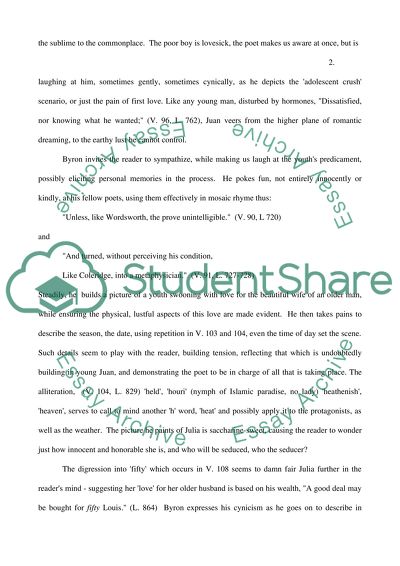Cite this document
(“Compare and contrast the treatment of love in the following Romantic Book Report/Review”, n.d.)
Compare and contrast the treatment of love in the following Romantic Book Report/Review. Retrieved from https://studentshare.org/literature/1520735-compare-and-contrast-the-treatment-of-love-in-the-following-romantic-poem-and-extract-from-a-romantic-poem-charlotte-dacres-i1-trionfo-del-amor-and-byrons
Compare and contrast the treatment of love in the following Romantic Book Report/Review. Retrieved from https://studentshare.org/literature/1520735-compare-and-contrast-the-treatment-of-love-in-the-following-romantic-poem-and-extract-from-a-romantic-poem-charlotte-dacres-i1-trionfo-del-amor-and-byrons
(Compare and Contrast the Treatment of Love in the Following Romantic Book Report/Review)
Compare and Contrast the Treatment of Love in the Following Romantic Book Report/Review. https://studentshare.org/literature/1520735-compare-and-contrast-the-treatment-of-love-in-the-following-romantic-poem-and-extract-from-a-romantic-poem-charlotte-dacres-i1-trionfo-del-amor-and-byrons.
Compare and Contrast the Treatment of Love in the Following Romantic Book Report/Review. https://studentshare.org/literature/1520735-compare-and-contrast-the-treatment-of-love-in-the-following-romantic-poem-and-extract-from-a-romantic-poem-charlotte-dacres-i1-trionfo-del-amor-and-byrons.
“Compare and Contrast the Treatment of Love in the Following Romantic Book Report/Review”, n.d. https://studentshare.org/literature/1520735-compare-and-contrast-the-treatment-of-love-in-the-following-romantic-poem-and-extract-from-a-romantic-poem-charlotte-dacres-i1-trionfo-del-amor-and-byrons.


